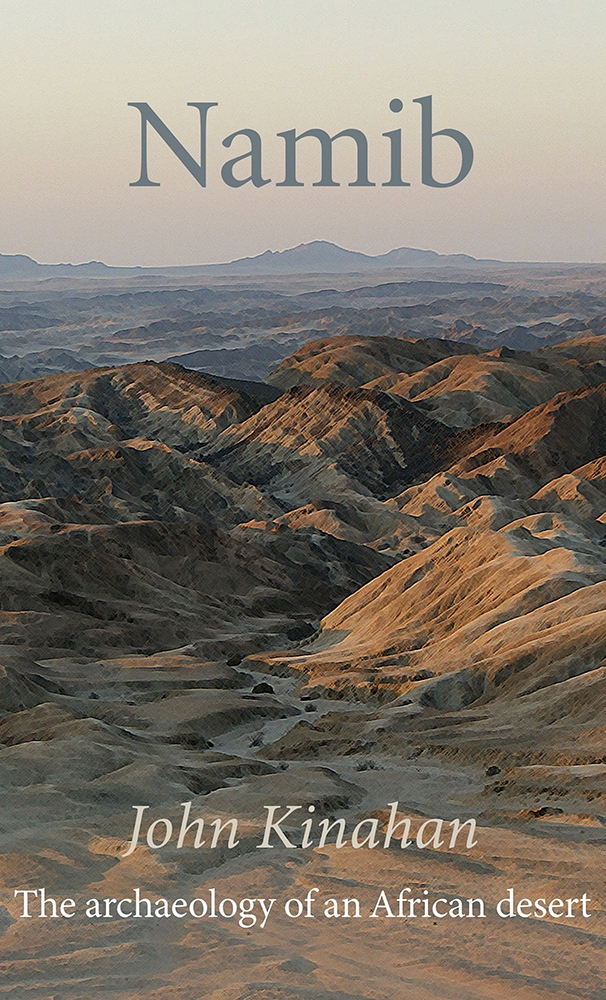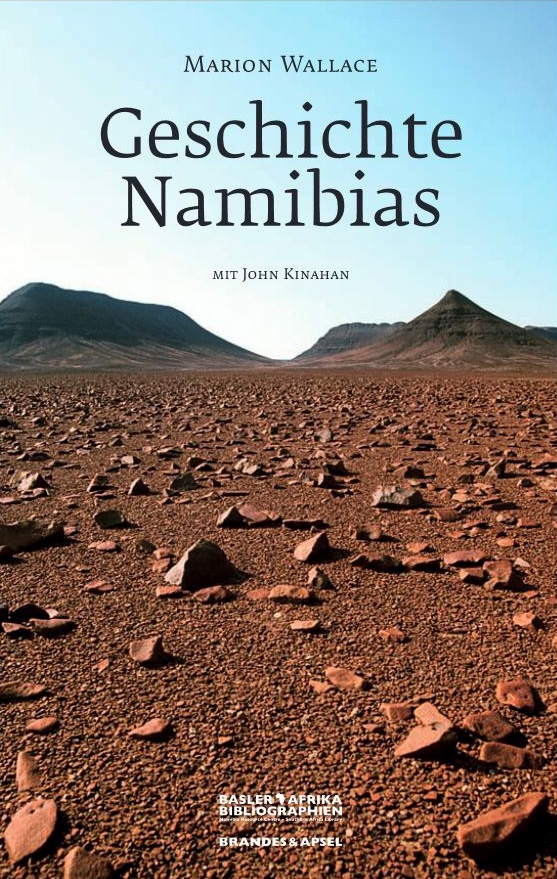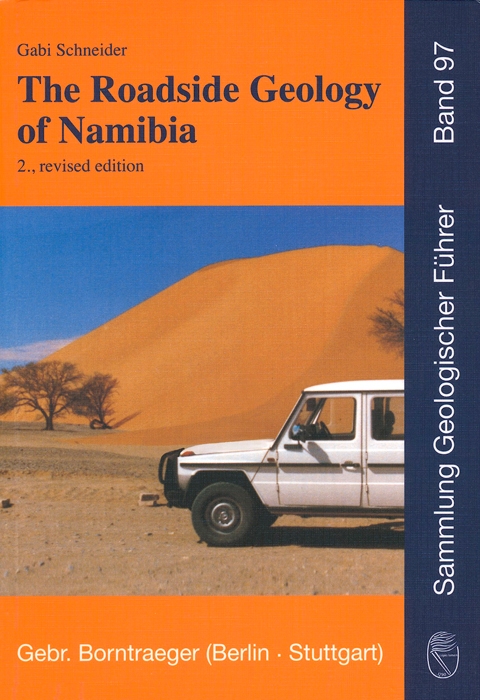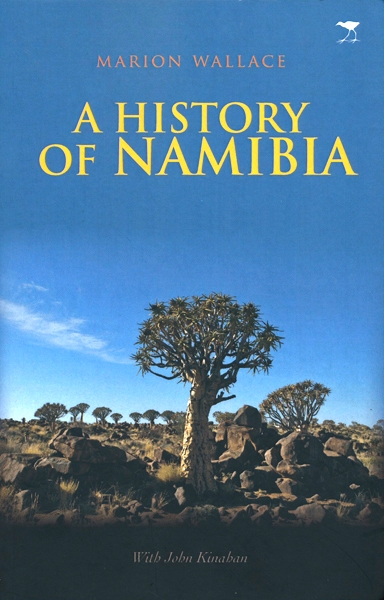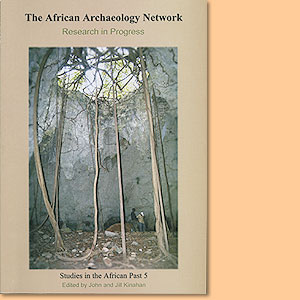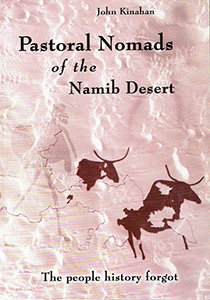Namib: The Archeology of an African Desert, by John Kinahan
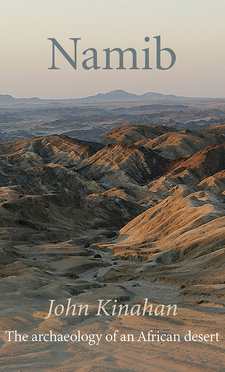
Namib: The Archeology of an African Desert, by John Kinahan. University of Namibia Press (UNAM). Windhoek, Namibia 2020. ISBN 9789991642659 / ISBN 978-9-99-164265-9
Namib: The Archeology of an African Desert, by John Kinahan, presents a welcome synthesis of a vast body of information that spans the entire human occupation of the Namib Desert, in a fascinating ecological setting.
Preface
At its simplest, this is a story of human survival over the last one million years in one of the most hostile environments on Earth. The earliest evidence of human occupation in the Namib Desert is scanty but it speaks across the ages, of small hunter-gatherer bands venturing deep into this almost lunar landscape, in search of animal prey dependent on the same few sources of water. Over time, with occasional pulses of population expansion from better watered parts of the subcontinent, our distant ancestors left an extraordinarily rich body of evidence in the form of stone tools and the remains of the animals they hunted. Complex systems of migration and intricate social networks developed here, under conditions that tried the limits of human endurance. Depictions of rain-making rituals appeared in remote rock art sites, and specialist shamans travelled over the landscape, officiating at secluded ceremonies dedicated to the initiation of young men and women into the roles and responsibilities of adulthood. Gradually, hunter-gatherer communities adopted pottery and livestock from farming communities on the margins of the desert and became successful pastoralists. Then, contact and trade with visiting seafarers in the last few centuries brought a floodtide of conquest, dispossession and genocide in the early colonial era. To compose a nuanced account of these developments I have departed from the conventional approach of southern African archaeology in which human history is understood as a series of broad, clearly defined evolutionary steps, or stadia. Instead, I have adopted as a general framework the concept of the adaptive cycle, an approach based on a premise that is particularly appropriate to desert conditions. This is the notion of resilience in socio-ecological systems, combining an inherent flexibility and adaptive potential. In terms of the adaptive cycle, the archaeological sequence of the Namib Desert is therefore a history of perpetual transition, of shifting and temporary states of balance. Just as in nature, where there is no perfect adaptation, our own survival emerges from a series of ever-changing responses and solutions, with Man as the tireless bricoleur. The natural environment sets limits of permission and constraint for human adaptation, but it is not possible to simply infer from the conditions of Nature patterns in the evolution of human culture. We need to draw upon a very wide range of evidence other than that of ecology; as I will presently show, archaeology is in this sense a truly omnivorous discipline, employing concepts and techniques drawn from fields as diverse as neuropsychology and isotope chemistry to advance our understanding of the dusty fragments we find in our excavations. Today, the Namib Desert has few indigenous inhabitants other than a small number of impoverished communities living on the margins of modern towns and mining settlements. What was once the domain of hunter-gatherers and the pasture lands of nomadic pastoralists is now one of the largest conservation areas in the world. In this book, we consider not only the archaeological record of ancient settlement on this landscape, and the relationship between its people and the environment, but also the historical process of their dispossession. [...]
This is an excerpt from Namib: The Archeology of an African Desert, by John Kinahan.
Title: Namib
Subtitle: The Archeology of an African Desert
Author: John Kinahan
Publisher: University of Namibia Press (UNAM)
Windhoek, Namibia 2020
ISBN 9789991642659 / ISBN 978-9-99-164265-9
Softcover, 14 x 22 cm, 517 pages, numerous b/w photos and drawings
Kinahan, John im Namibiana-Buchangebot
Namib. The Archeology of an African Desert
Namib: The Archeology of an African Desert is a story of human survival over the last one million years in one of the most hostile environments on Earth.
Geschichte Namibias: Von den Anfängen bis 1990
Dieses Buch stellt den Versuch dar, die Literatur zur Geschichte Namibias bis zur Unabhängigkeit im Jahr 1990 als Nachschlagewerk zusammenzufassen.
The Roadside Geology of Namibia
In its 2nd revised edition this guide provides an interesting and general introduction into the roadside geology of Namibia.
A History of Namibia
A History of Namibia provides an invaluable introduction and reference source to the past of a country that is often neglected.
Pastoral Nomads of the Central Namib Desert
This study, focussing on the pastoral nomads of the Central Namib Desert, presents a new and challenging approach to the precolonial history of Namibia.

